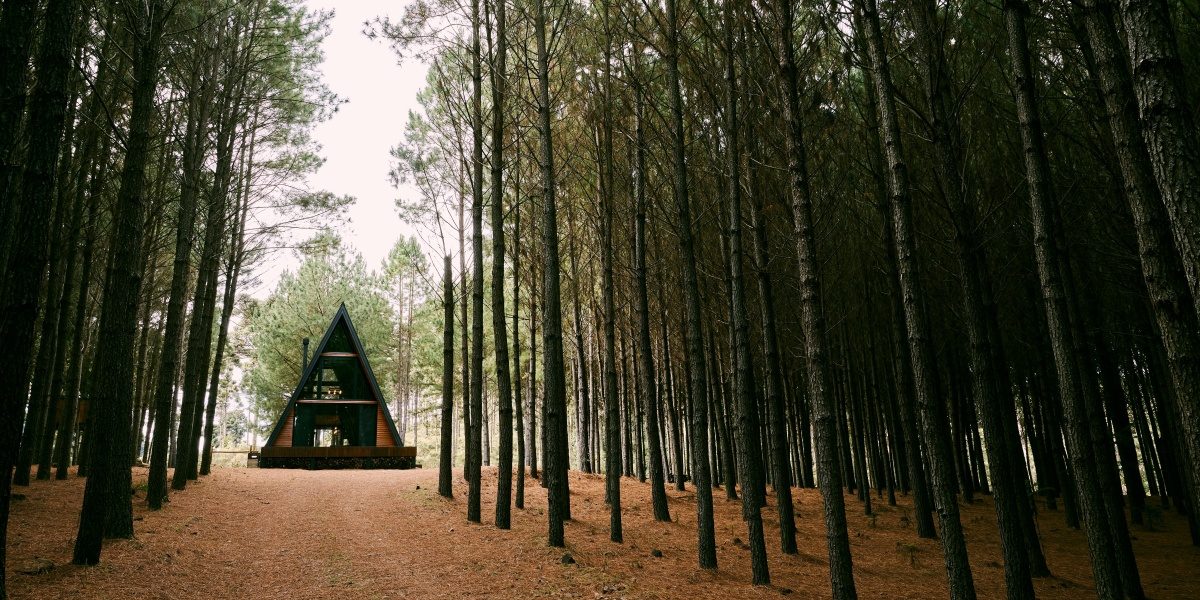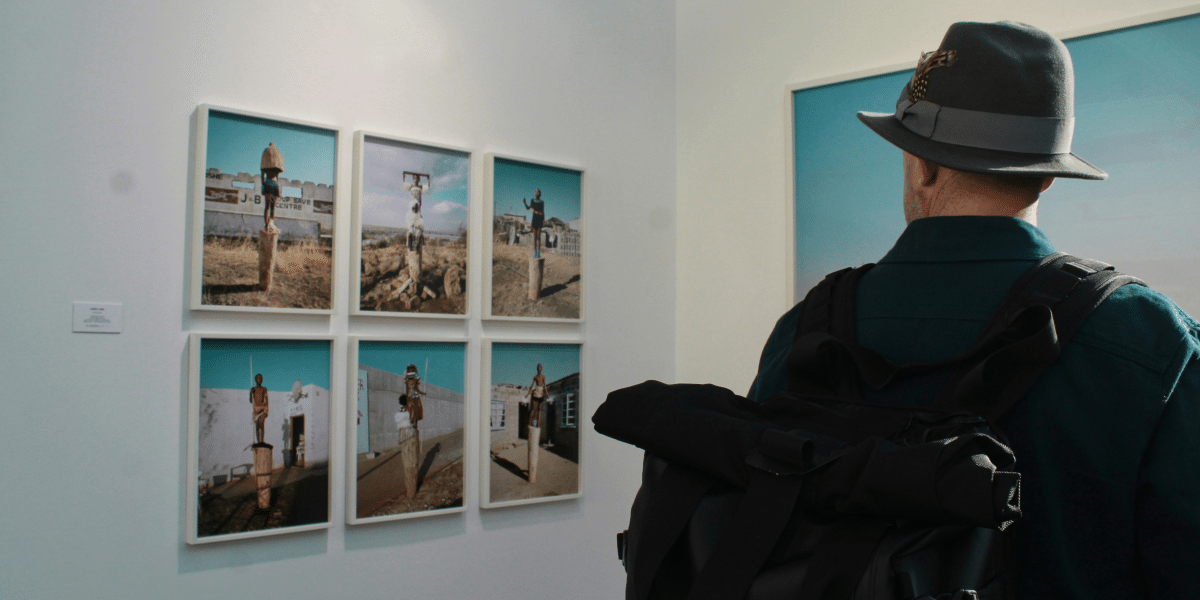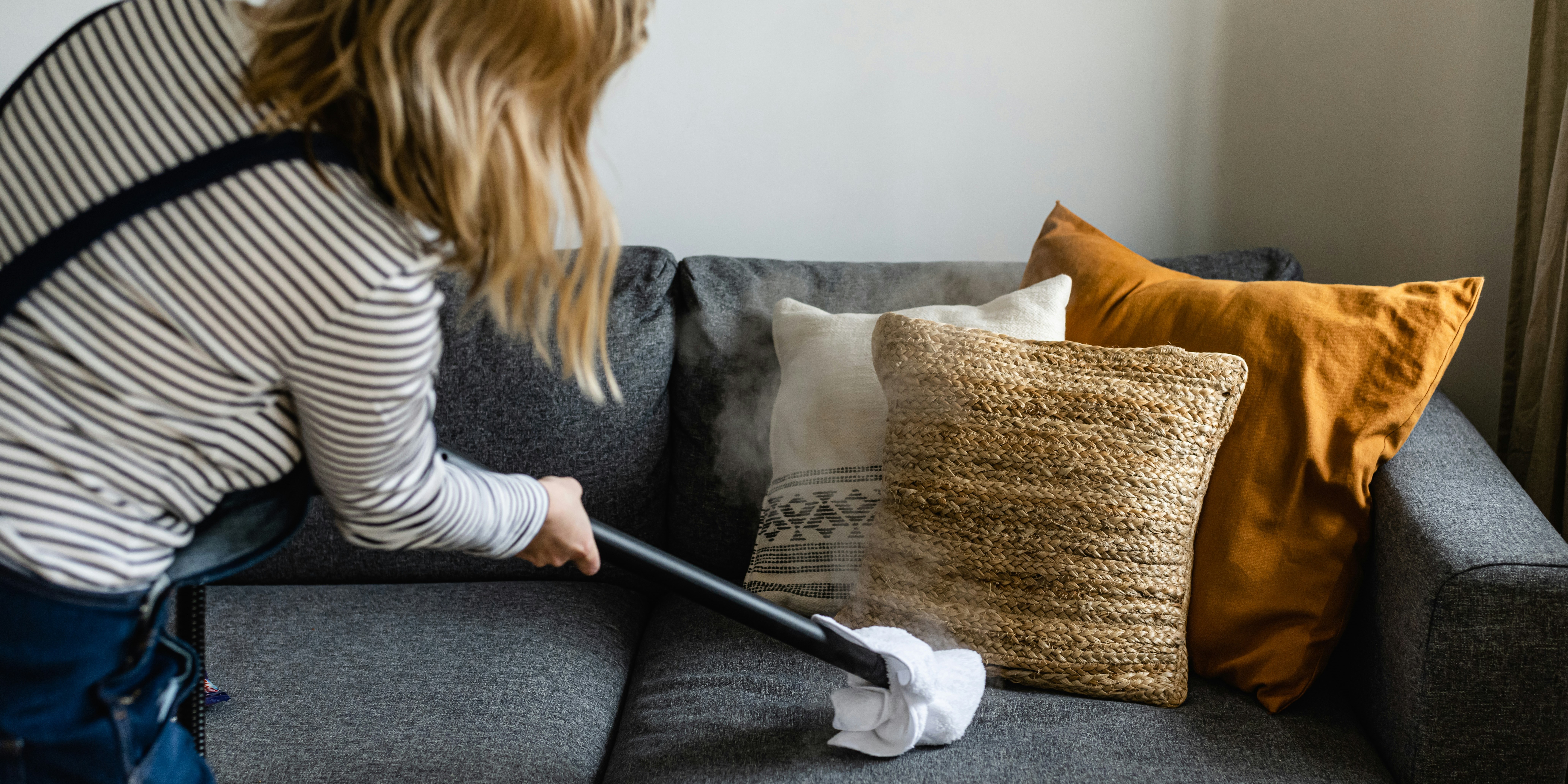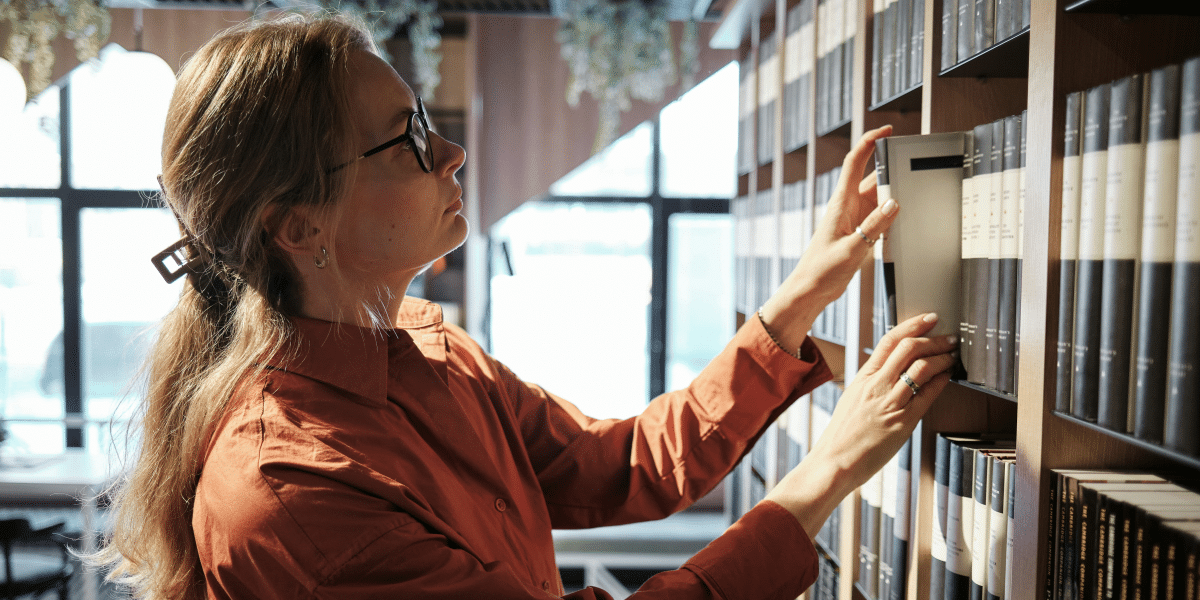What the Rule of Thirds Means in Visual Framing
The rule of thirds is a basic composition technique used in photography and filmmaking. It involves dividing the frame into nine equal parts using two horizontal and two vertical lines. These lines form a grid. The idea is to place the most important elements of the shot along these lines or at the points where they intersect.
This method helps guide the viewer’s attention. Instead of placing the subject directly in the center, the rule encourages off-center framing. This creates a sense of balance and movement. It also allows space for background elements to interact with the subject.
For example, placing a person’s eyes near the top horizontal line can make the shot feel more natural. Positioning a horizon along the lower third can create a sense of depth. These choices help the viewer process the image more comfortably.
The rule of thirds isn’t strict. It’s a guideline that supports visual clarity. Filmmakers often use it to create structure while leaving room for creative decisions.
Immediate Effects on Viewer Attention and Emotional Tone
Using the rule of thirds can influence how viewers respond to a scene. When a subject is placed off-center, the viewer’s eye is drawn across the frame. This movement creates a sense of space and direction.
In dialogue scenes, placing characters on opposite thirds can suggest tension or distance. In contrast, placing them closer together may suggest intimacy or agreement. These choices affect how the audience interprets relationships.
The rule also helps manage visual weight. A bright object or strong color placed near an intersection point will attract attention. This can be used to highlight a detail or shift focus within the frame.
Negative space—the empty areas around the subject—also plays a role. When used intentionally, it can suggest isolation, openness, or calm. The rule of thirds helps balance this space with the subject, creating a more thoughtful composition.
These effects are subtle but meaningful. They shape how viewers feel about what they’re seeing, even if they don’t consciously notice the framing.
Long-Term Use in Storytelling and Cinematic Style
Over time, the rule of thirds has become a standard tool in visual storytelling. It supports continuity across scenes and helps maintain a consistent style.
Filmmakers use it to guide the viewer’s eye from one shot to the next. For example, if a character is placed on the left third in one scene, placing them on the right third in the next may suggest a change in perspective.
The rule also supports pacing. Wide shots with balanced composition can slow the rhythm, while tighter shots with off-center subjects may increase tension. These choices help shape the emotional flow of a film.
Directors and cinematographers often use the rule to reinforce themes. A character placed low in the frame may appear vulnerable. One placed high may seem powerful. These placements support the story without needing dialogue.
While some filmmakers choose to break the rule, they often do so with purpose. Centered shots may feel static or confrontational. Breaking the rule can create discomfort or draw attention to a specific moment.
The rule of thirds remains useful because it supports both structure and flexibility. It helps filmmakers build meaning through visual design.
Practical Application for Beginners and Professionals
The rule of thirds is easy to apply. Many cameras and editing tools offer grid overlays to help with framing. These guides make it easier to position subjects and adjust composition.
Beginners often find the rule helpful when learning how to balance a shot. It provides a starting point for understanding visual relationships.
Professionals use it to maintain consistency across scenes. It helps align shots during editing and supports visual continuity.
The rule also works across genres. Whether filming a quiet conversation or a fast-paced action scene, the technique supports clarity and focus.
In documentary work, the rule helps frame interviews and observational footage. In narrative film, it supports character placement and emotional tone.
While not every shot needs to follow the rule, understanding it helps improve decision-making. It offers a reliable way to build visual interest and guide viewer attention.
By using the rule of thirds thoughtfully, filmmakers can create images that feel balanced, expressive, and clear. The technique supports storytelling by helping the audience connect with what’s on screen.








